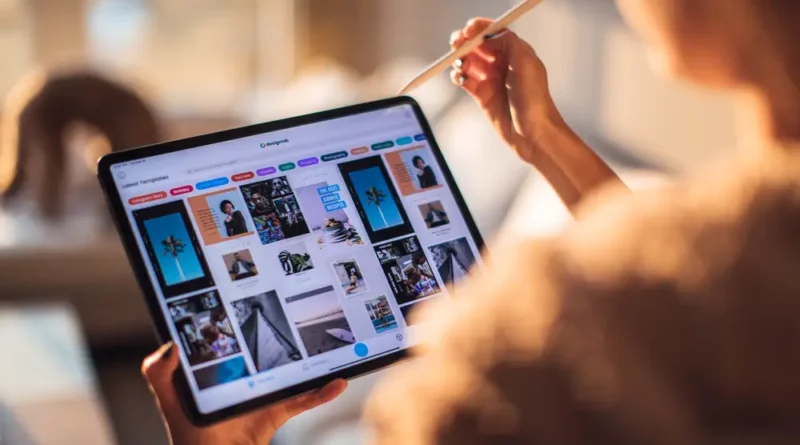Fashion Industry: The advantages of technology in it
The fashion Industry has been ever-evolving altogether. Fashion has been something that has been taken note of since medieval times. The term fashion can be very subjective when it comes to each individual. Fashion is very expressive and each person has a different way of portraying what fashion is. For some, it might be whatever is trending on the market whereas for others it may seem like a way to express their thoughts and emotions by choosing clothes and making a fashion statement.
Technology is something that has been successfully evolving and improving almost every aspect of life. From health care to even saving small data about someone, the turning technology has taken over the past decades has been impactful and has a great amount of significance. It had, has, and forever will have the power to alter our lives and make it turn to either side of the boat within fractions of seconds.
Over recent years, technology similar to other fields has been significantly impacting the world of fashion as well. Having sustainable fashion choices or recycling waste materials in the form of wearable dresses that might just seem so high-end is something so miraculously wonderful. And while these dresses theoretically might seem off-looking, when you glance at the designer’s design over the years, you would notice how beautiful some of them can be.
In this article, however, we would be discussing the various ways technology has knocked on the doors of the fashion industry and has been gladly welcomed to the industry with open arms.
CAD Technology
CAD technology is something that has been crucial to industrial design over the past few years and has been important for the design and development process of the garment that is in the designer’s vision. CAD technology has been something that helps the designer create 2D designs of the garment as well as 3D virtual prototypes like cac.works do. CAD gives designers the possibility of experimenting with different types of fabrics and designs as well as different textures and colors.
It can also help designers to put up a virtual show to be able to showcase their designs exclusively and remotely. It can also be used to accurately size fit a model or the person that would be embodying the clothing so that as few as possible alterations have to be made.
3D Printing Techniques
3D printing techniques have been introduced fairly recently in the fashion industry which has most certainly been embraced as most of the work that is done are fine details that would otherwise be too time-consuming and tedious. Now though, with the introduction of the concept of 3D printing, this tedious repetitive task need not be repeated by a human element and have the human source stuck on it. 3D printing techniques have been used widely for footwear, apparel, and accessories.
Not only does 3D printing help with tedious designs, but it also helps reduce the number of wasteful patches of fabric by nearly 37% and can help you analyze and estimate the fabric that would be needed to make the design and have it sewn. This helps in producing zero-waste products resulting in a sustainable form of fashion which can in turn help us save from our environmental issues.
Also Read: What is Twitter Space? Is it the next great marketing strategy?
Artificial Intelligence and Machine Learning
Artificial Intelligence and Machine Learning can help us optimize manufacturing and production processes and reduce waste leading to sustainable forms of fashion. While AI can also help you generate new designs and ideas and help you set trends for the new fashion designs that might set the trends for the next season. AI has been actively growing in the modern world and sure enough, of course, works when it comes to fashion concepts.
Through AI’s impeccable technology, retailers can have help from various designated software to be able to try on clothes with a filter to have more of a personalized style and can help consumers know what they want.
Some other concepts would be to have wearable technology while having similar forms of safety in turn as well, digital stylists for color theory purposes, virtual reality for reasons that have been discussed above, and personalization.
Conclusion
Designers are most definitely been shifting to sustainable forms of development and not just for selfish reasons but to save the world that we live in. Young designers and consumers are both aware of the consequences that might need to be faced considering current situations and hence, have been taking things seriously in every aspect from minor to major.




